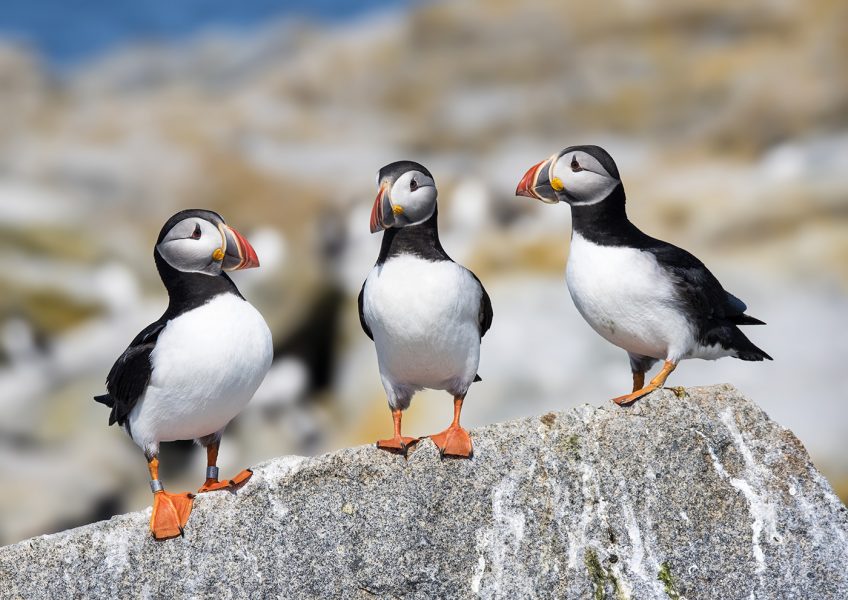There’s a saying in photography that “it’s not about the camera.” A good way to make a photographer wince is to admire one of their images and then ask, “What kind of camera did you use?” The joke is that it’s like asking a chef after a fabulous meal, “What kind of pots and pans did you use?”
And yet, when it comes to wildlife photography, there’s some truth in the notion that you do need decent equipment. An iPhone or a point-and-shoot does a great job in lots of situations—travel photography, landscapes, people, and so on—but it’s probably not going to be enough to capture a quality image of, say, a bear 300 yards away. So those of us who are passionate about nature photography tend to spend a lot of money on gear: a high-end DSLR camera body (or two), big heavy lenses, a tripod, a sturdy gimbal head to support the tripod, padded cases to carry everything in, and so on.

But investing in expensive gear is not for everyone. And when I give a presentation about wildlife photography onboard Le Boreal next January as part of the Penn State Alumni Association’s Antarctic cruise, I want to be able to offer useful advice for people who want to take good wildlife photos with the camera they happen to have.
So I’ve been thinking about compiling a list of places you can go where the wildlife is relatively (1) big and (2) close. Because that’s where you’ll have the best chance at good images, regardless of what you’re shooting with.
I’d welcome your suggestions in this regard. Here’s what I’ve got so far: Read more




